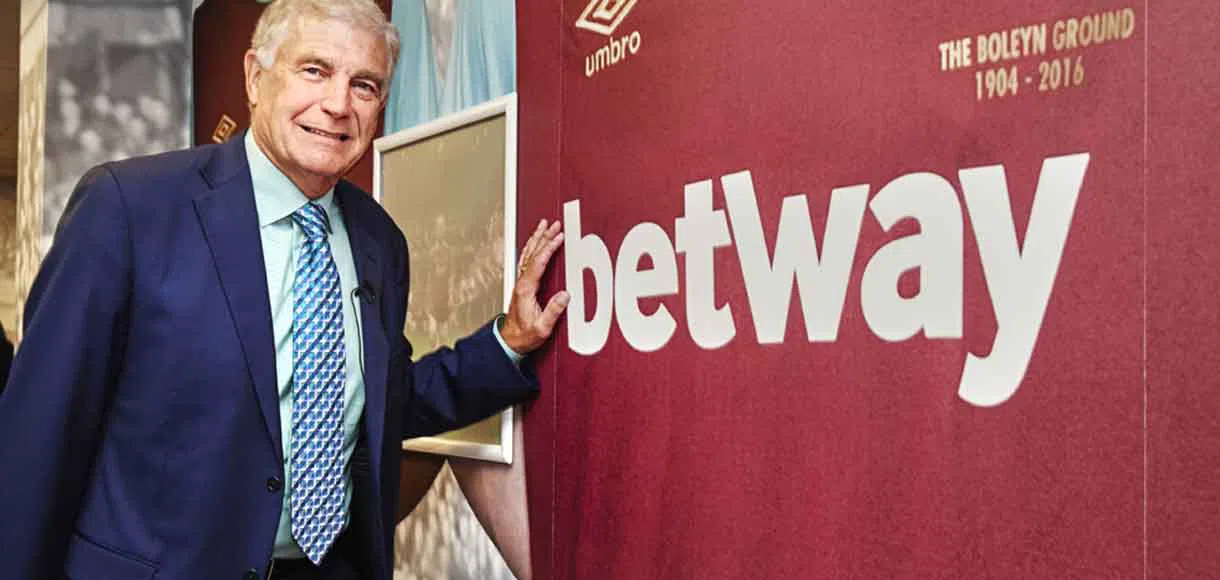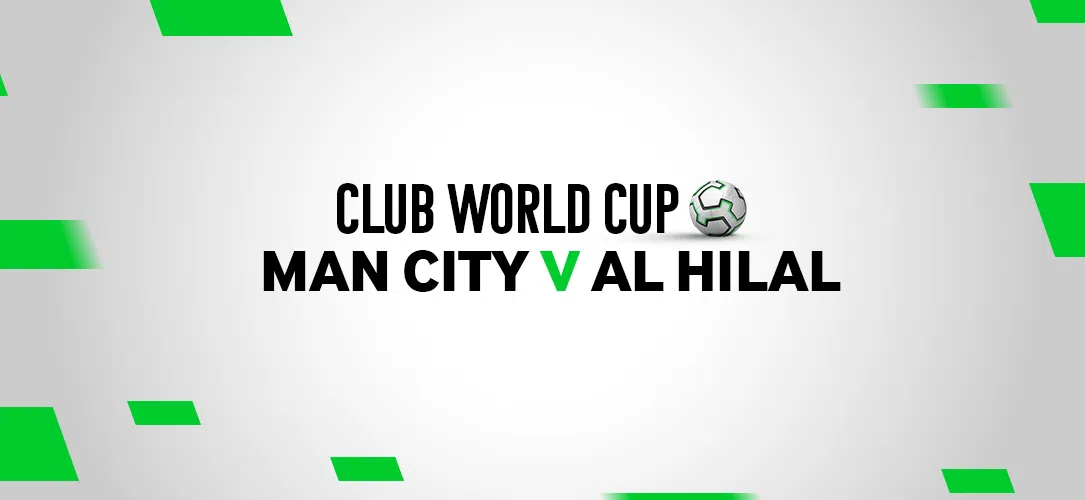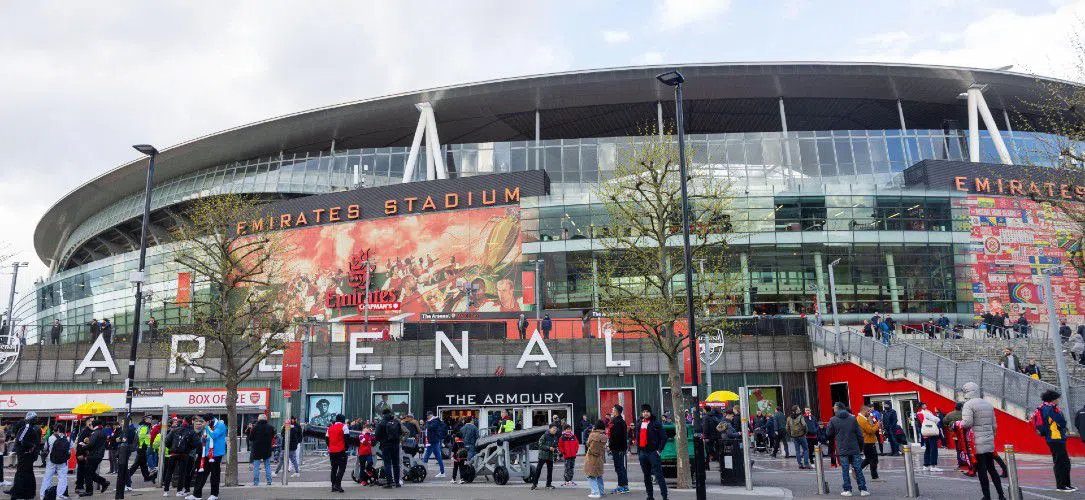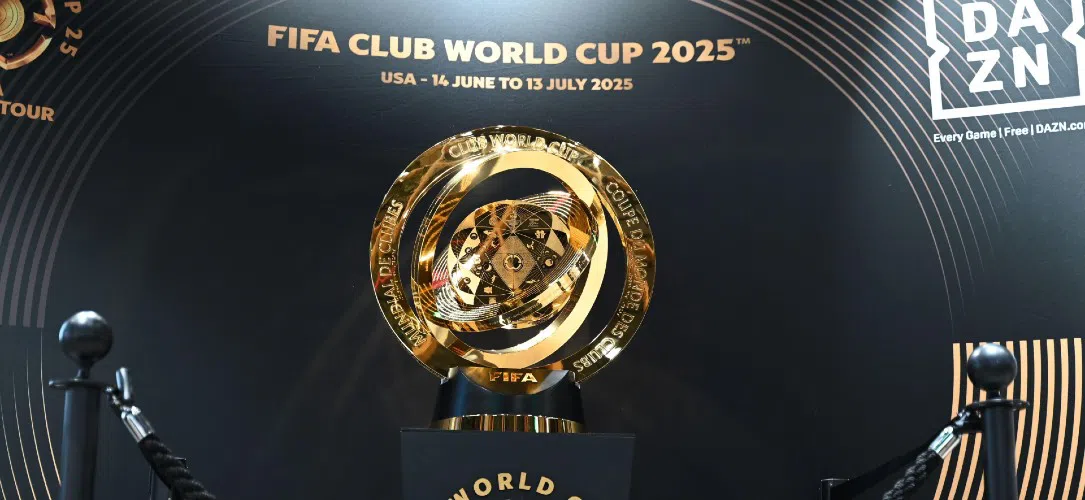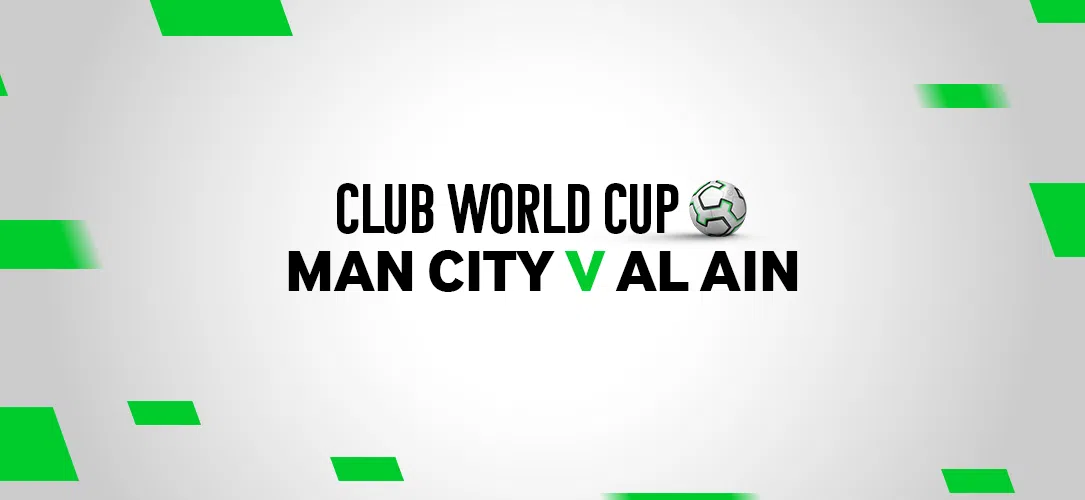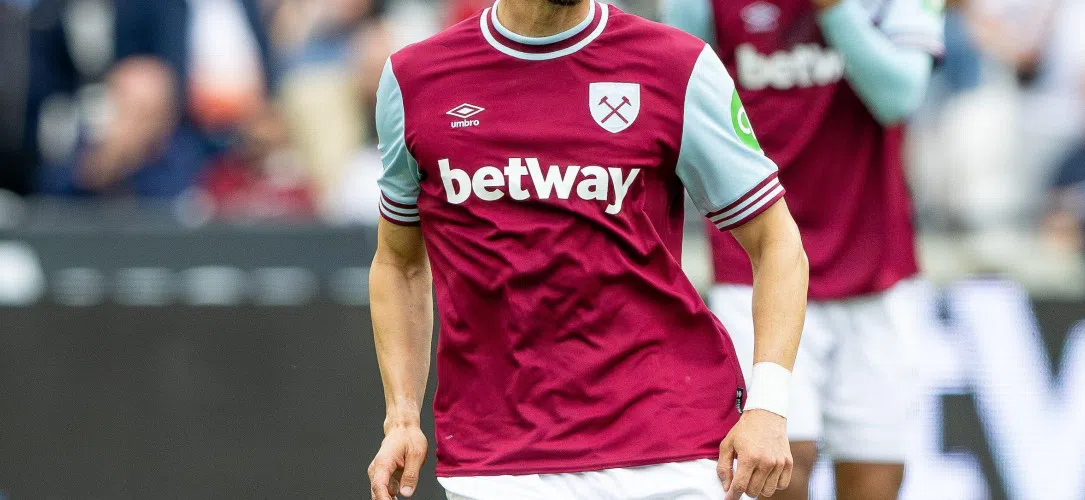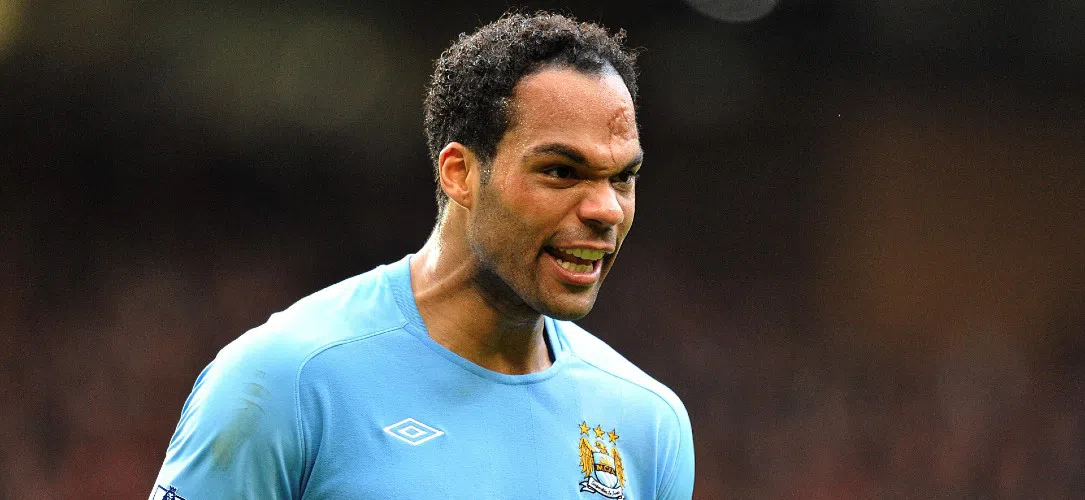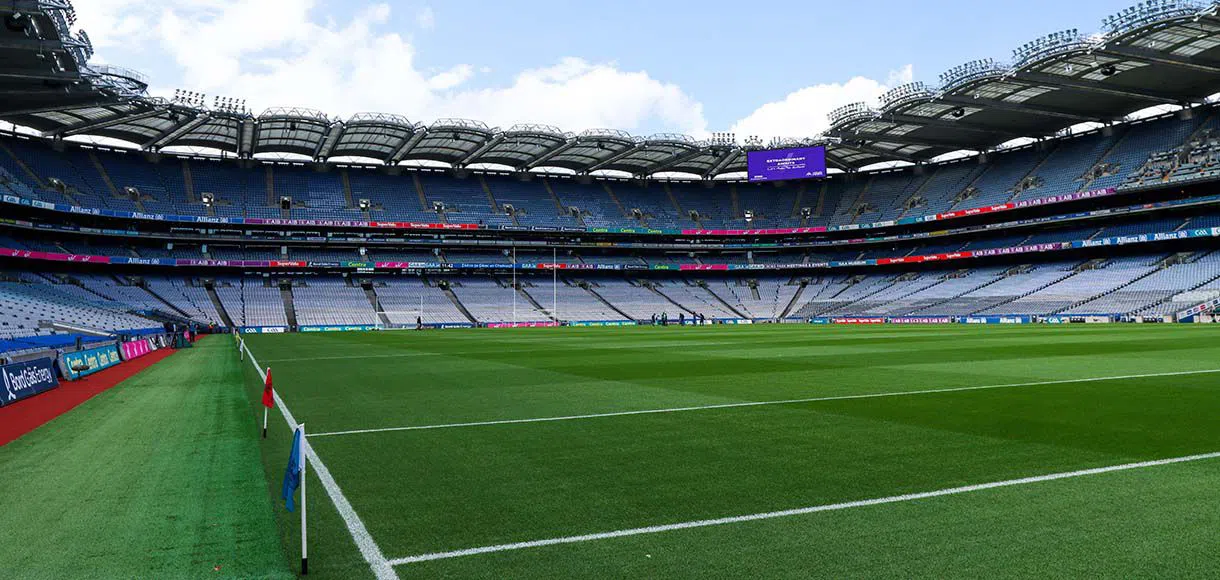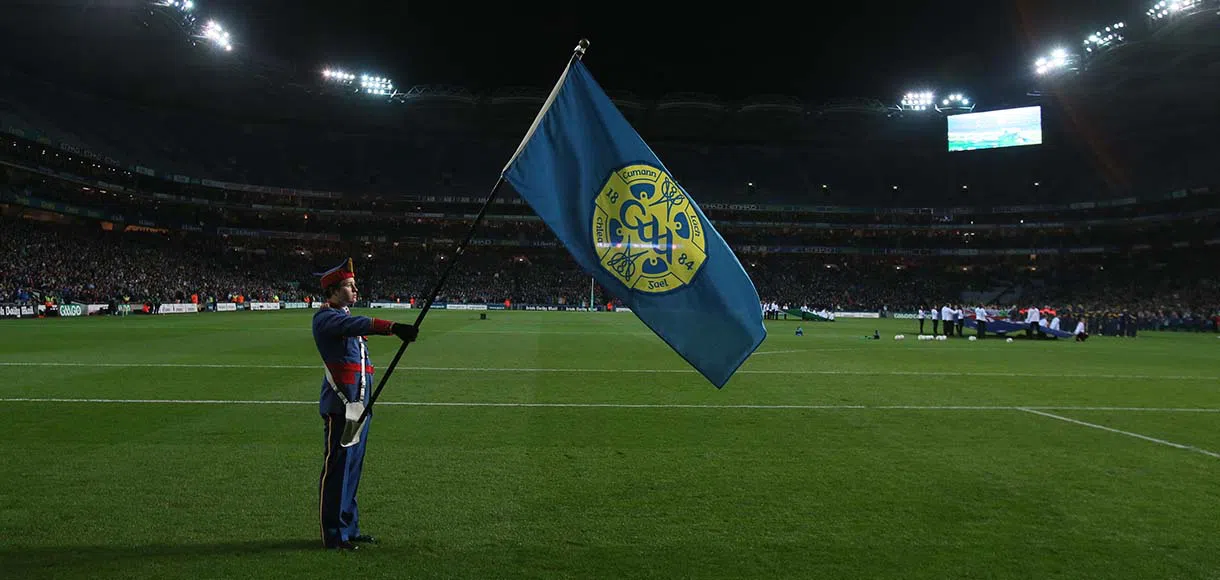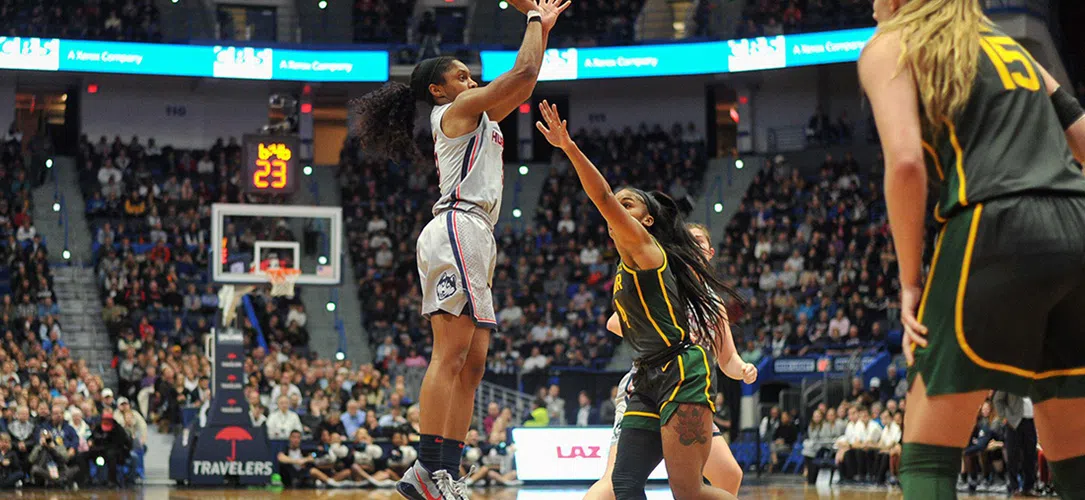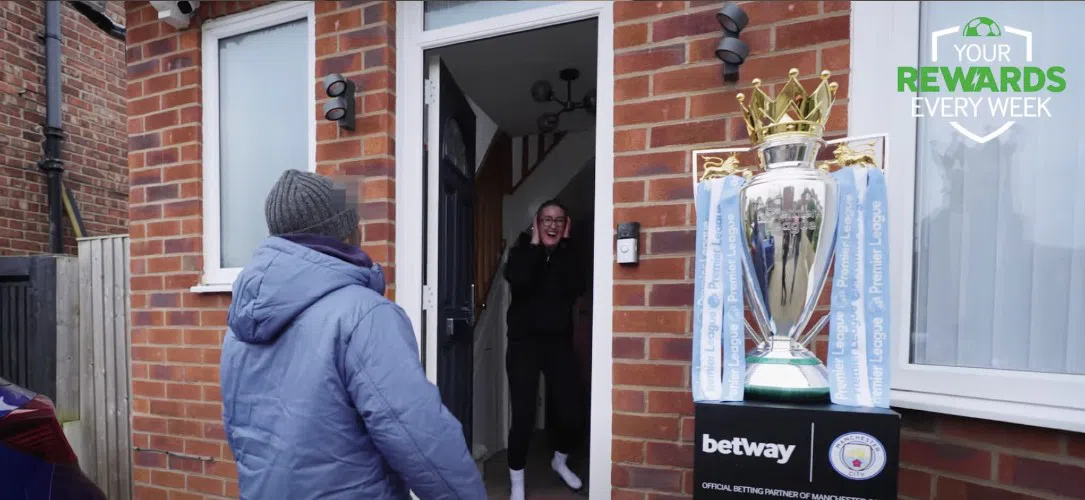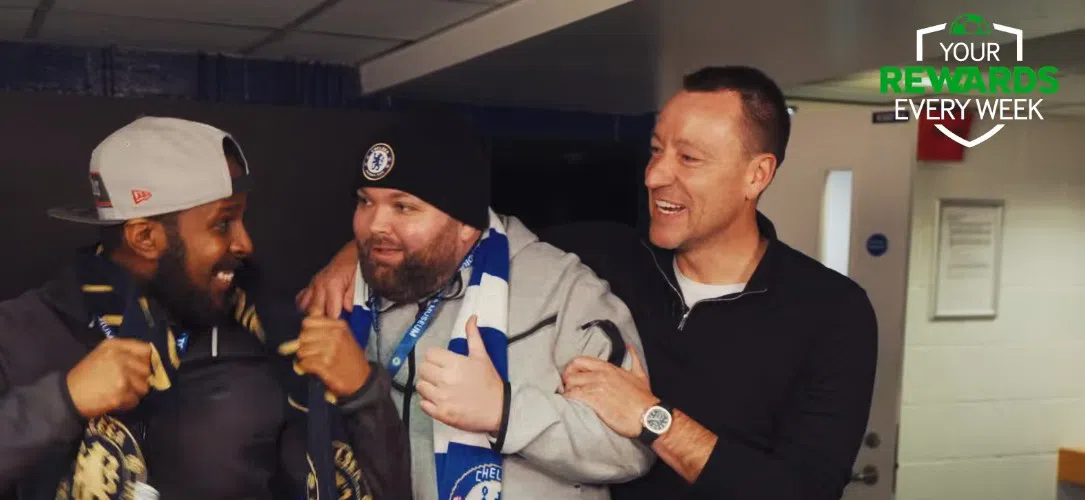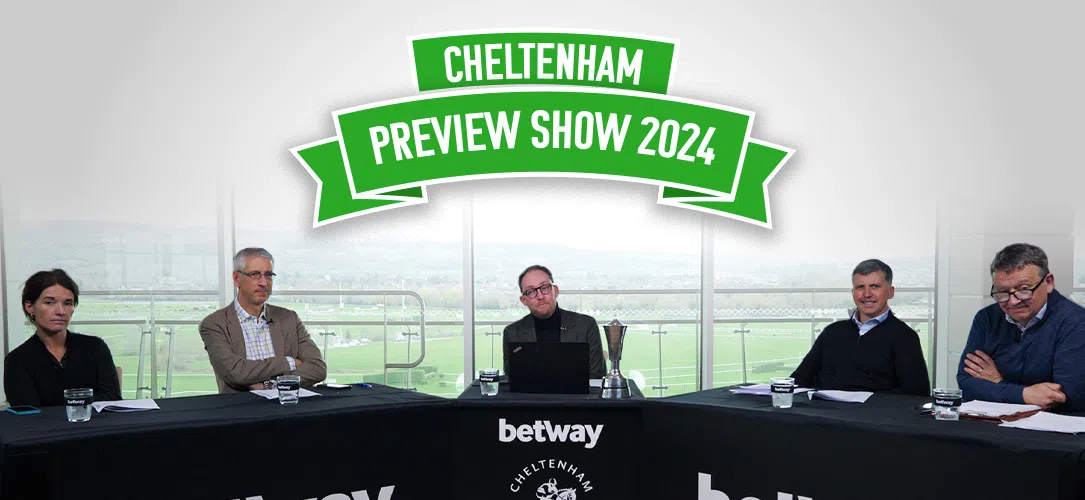The Hammers legend discusses the club's new home shirt, his memories of playing at the Boleyn Ground and a life in football
As part of our #PrideInYourShirt campaign, we teamed up with West Ham icon Sir Trevor Brooking to celebrate the launch of the club’s new home strip by surprising supporters at Hammers Social Club.
Beforehand, the legendary No. 10 spoke to us about his memories of wearing the claret and blue jersey and his fondest Boleyn Ground memories, in addition to discussing a host of other topics spanning his life in football.
You’re a West Ham supporter and played for the club more than 500 times. What does the claret & blue shirt mean to you?
STB: I think the shirt is always strong link with any club and, of course, with West Ham, the claret and blue has been embedded for many, many years.
When I first started coming to watch – I was born in Barking, just a bus ride away – it was the late fifties when we were in a promotion rush.
The likes of Vic Keeble and John Dick were playing up front – you have to be in my generation to even know who I’m talking about – and it was very much a day out.
I came with my dad and my brother, who was about three years older than me, and in those days the little ones were allowed in with a stool that you were allowed to take and stand near the front so you could see the action.
And then you’d meet up with your dad and brother when the game was over. That was a fascinating introduction.
And then in the early sixties I was a schoolboy and started being scouted by the club.
Of course, that was exciting for a fan, let alone for someone thinking of joining them because in ‘64 we won the FA Cup and ‘65 the Cup Winners’ Cup and in ‘66 we’d all tell you we won the World Cup with three key players in the first 11. It was a great time.
It must have been a special feeling when you signed for the club.
STB: Initially, there were about 10 or 12 clubs interested in me and West Ham wasn’t one of them.
I was thinking of going into the game – I was at a grammar school and my mum and dad were a bit wary of me leaving a year early at the time, so I said to the clubs I’d do a two-year apprenticeship instead of three.
I’d narrowed it down to Spurs and Chelsea and then, as luck would have it, my school team – Ilford – were still in the Schools Trophy, which was the FA Cup equivalent of school competitions in those days.
We got to the quarter-finals and were playing a team from Oxford. We lost 3-2 – we should have won, we played really well – and it was a big disappointment.
But luckily for me, Ron Greenwood, who was the manager at the time, went along with the chief scout Wally St Pier because they had a couple of players – one in either team – who were joining the club that summer.
Ron watched the game and told me later he said to Wally: “Why haven’t we seen the Ilford No. 4?” Wally turned up the next day on my mum and dad’s doorstep to say they were interested.
Of course, [your decision’s made] once your team who you’ve been supporting comes along. I was relieved and in 1964 I agreed to join them a year later. Modern-day shirts are launched to great anticipation from the fans. Is this something you experienced as a supporter growing up?
Modern-day shirts are launched to great anticipation from the fans. Is this something you experienced as a supporter growing up?
STB: Now it would be classed as a weapon and you couldn’t bring them in, but in those days all the rattles were claret and blue. Your scarves and your hat as well, and the shirt was the symbol of the team you supported, which it always has been.
I think that over the years it’s become a fashion shirt as well as a casual shirt to wear at different times other than just the match days.
The claret and blue was always linked closely to West Ham – ‘64 was a massive occasion.
Everyone will probably remember the semi-final when we beat Manchester United – the Law, Best, Charlton team – which was a great turn up and everyone was happy and proud to wear the claret and blue having won the FA Cup and beaten Manchester United in the semi-final.
How important was it for the new shirt to commemorate West Ham’s last season at the Boleyn Ground and what are your memories of the stadium?
STB: It’s symbolised in a straightforward way, which I think is important. I think it’s good to have a shirt that stands for what the club has been for over the last 100 years that we’ve been here.
The old Chicken Run was very much part of the atmosphere that was created when I first came to watch the team and even when I was playing. You could take a throw-in on that side and it was two yards away.
Obviously, there was all banter in the background and it was great if we were doing well and winning, but not so good if we were struggling and there was lots of advice being handed out.
But the Chicken Run was fantastic because of the bubbles and it was very much part of a great evening or game at Upton Park. The whole ground would be swaying when we were flying and to get the atmosphere like that was unique.
It’s always been a good atmosphere and I like that night games are always special.
Certainly, the different shirts that we wore during that time [were memorable]. I always had a soft spot for the light blue shorts and shirts with the two hoops – that was quite a popular one with the fans of my generation and stuck with us.
Shirt designs and fabrics have changed a lot over the years. How does the new shirt compare to the ones you wore as a player?
STB: I think the big thing these days is that it’s got to be comfortable at other times when you’re wearing it – perhaps when you’re going out.
I can remember playing in shirts that were really thick and quite uncomfortable. You wore the same shirt whether it was boiling hot or in February when it was really cold, so that was tough at times.
Also, I don’t think we’d have worn a shirt walking around in the summer as much. Now, this particular shirt is very light, comfortable to wear. Even walking here, there were plenty of shirts in the locality and it’s become a symbol of the game.
I think they’re stylish – the light blue one is very smart as well – and those two colours have always been very reflective of the team during each season.
What is it about a shirt that is so important to fans?
STB: The shirt and the colours are West Ham. The big factor for me has always been the strong bond of the fans – the loyalty. You will be a West Ham fan through thick and thin.
There’s been quite a bit of thin at times, but some of us would argue that that’s the excitement of being a Hammers fan. You never quite know what’s around the corner.
Even when we’ve not been doing well. I remember the [1991 FA] Cup semi-final when Tony Gayle got sent off and the noise from the crowd was relentless. I remember a lot of other fans’ talking about it after and they couldn’t believe that the fans of a team that was being well done in a semi-final and down to 10 men were making this noise.
That’s what we’re like, really. We do stand up and, when the side’s bad and deserve to get a bit of stick, we’re not shy in giving that.
But they don’t like anyone else to give it. That’s the relationship you have as a fan with the player and the club: it’s a strong bond and there’s highs and lows.
They give out stick when it’s necessary and defend us when we need to be defended. And that, I think, is the beauty of that West Ham link. You’ve played in and seen many West Ham shirts. Do you have a particular favourite or one that holds the fondest memories?
You’ve played in and seen many West Ham shirts. Do you have a particular favourite or one that holds the fondest memories?
STB: The Cup Winners’ Cup semi-final here against Eintracht Frankfurt [in 1976].
We went on to lose the final against Anderlecht. We lost 2-1 in Germany – Graham Paddon got a great goal – but the night here was heaving and special.
From my own point of view, I scored a couple of goals and then Keith Robson – ‘mad Robbo’ as we’d call him because he was a very funny character but quite feisty as well – scored that night and we won 3-1. I always remember Tommy Taylor blocking the ball on the line in about the 89th minute. If they’d have scored then we’d have gone out.
The [1980] FA Cup, when we beat Arsenal, was special. The fact I scored the goal and the white shirt that day with the claret trimmings and the blue shorts with the number 10. Thirty-five years on, I’ve signed a lot of those shirts, so it’s always been a good discussion point.
I end up in London cabs quite often and they always seem to be Arsenal fans. Within a minute of getting in, they’ve already piped up and said: “It just hit you on the head, you didn’t know what was going on.” The white No. 10 [was] very closely associated with me – it’s been a key part of my life. You were renowned for wearing No. 10 in a time when teams lined up in 1-11. Players have all sorts of names and numbers on their shirts now. How traditional are you when it comes to squad numbers?
You were renowned for wearing No. 10 in a time when teams lined up in 1-11. Players have all sorts of names and numbers on their shirts now. How traditional are you when it comes to squad numbers?
STB: As a traditionalist, I was brought up on 1-11. The No. 10 was a coveted shirt number – Hursty [Sir Geoff Hurst] had it for a good while – so when I got the opportunity when it became available, I was only too happy to grab it with both hands.
It tended in my generation to be associated with a creative player, so it was good for me. Having said that, if I’d be born 40 years later, I’m sure if 99 came up and was associated with me, I’d want to play with that.
I can understand it and, to be fair, in these days there’s 25-man squads. Sometimes in a particular club you can get associated – Johan Cruyff was No. 14.
I’m quite relaxed and happy about it. If someone was wearing an obscure number and you asked them, they’d have a good story to tell why they were wearing it. You should accept the modern era we live in.
What are your memories of wearing the West Ham shirt for the first and last time as a player? How do they compare?
STB: The first game was special. I was up at Burnley – they were a good team in those days – so to make my debut was great up there. Probably away from home made me relax a bit.
My main memory was I enjoyed the game. I did OK. We got a 3-3 draw, which was a good result there.
If I remember rightly, our three World Cup lads all scored a goal, so that was something you’ll never forget. I was 18-years-old at the time.
Looking back at the last game, that was different totally. It was rearranged for the Monday night against Everton – they were playing in the FA Cup final which they won the following Saturday against Watford.
We’d had a bit of a dodgy run in. It was a good game and the atmosphere was terrific because it was my last game.
The funny thing was afterwards. We all came in and we’d lost 1-0. So we’re in the dressing room and John Lyall was in charge. John had shut the door and was giving the group a bit of a rollicking.
I was sitting there – I’d taken my socks and boots off and I could see the door being pushed once or twice. This was about 10 minutes after the game and then the chairman Len Cearns came in through the medical room.
He said: “I’m sorry, but quite a few of the fans have stayed and would like Trevor to come out.”
So John had to stop. I quickly put my boots on and went back out. The amazing thing was nearly the whole ground had stayed, which was fantastic. I did my lap of honour and picked up loads of scarves.
In the end, I was on somebody’s shoulders. That was special. The response from fans is something you’ll never, ever forget. We see players often swap shirts with opponents. Do you have any shirts of your team-mates or players you played against?
We see players often swap shirts with opponents. Do you have any shirts of your team-mates or players you played against?
I did swap shirts. It became a tradition, particularly for England games. You always swapped with the opposition, although not necessarily a famous player.
I played 40-odd games for England and probably got 30-odd shirts. The Dutch and Germany were great in those times, so when you played them, they were the special ones you wanted to keep.
I’d have loved to have got Cruyff’s. We lost to Holland and they were a great team. They lost two World Cups – in ‘74 to Germany, who were the hosts and holders, and in ‘78 to Argentina, who were the hosts and holders – but they were a fantastic team.
I remember losing to them 2-0 at Wembley [in 1977]. There were no stats in those days but they must have had probably 70-odd per cent possession because they were just awesome. And Cruyff was magnificent.
I can’t remember whose I nabbed, but it wasn’t Cruyff’s. He’s the one everyone went for and I missed out.
READ: A club to be proud of: Supporters’ chair hails ‘amazing’ day with West Ham legend

